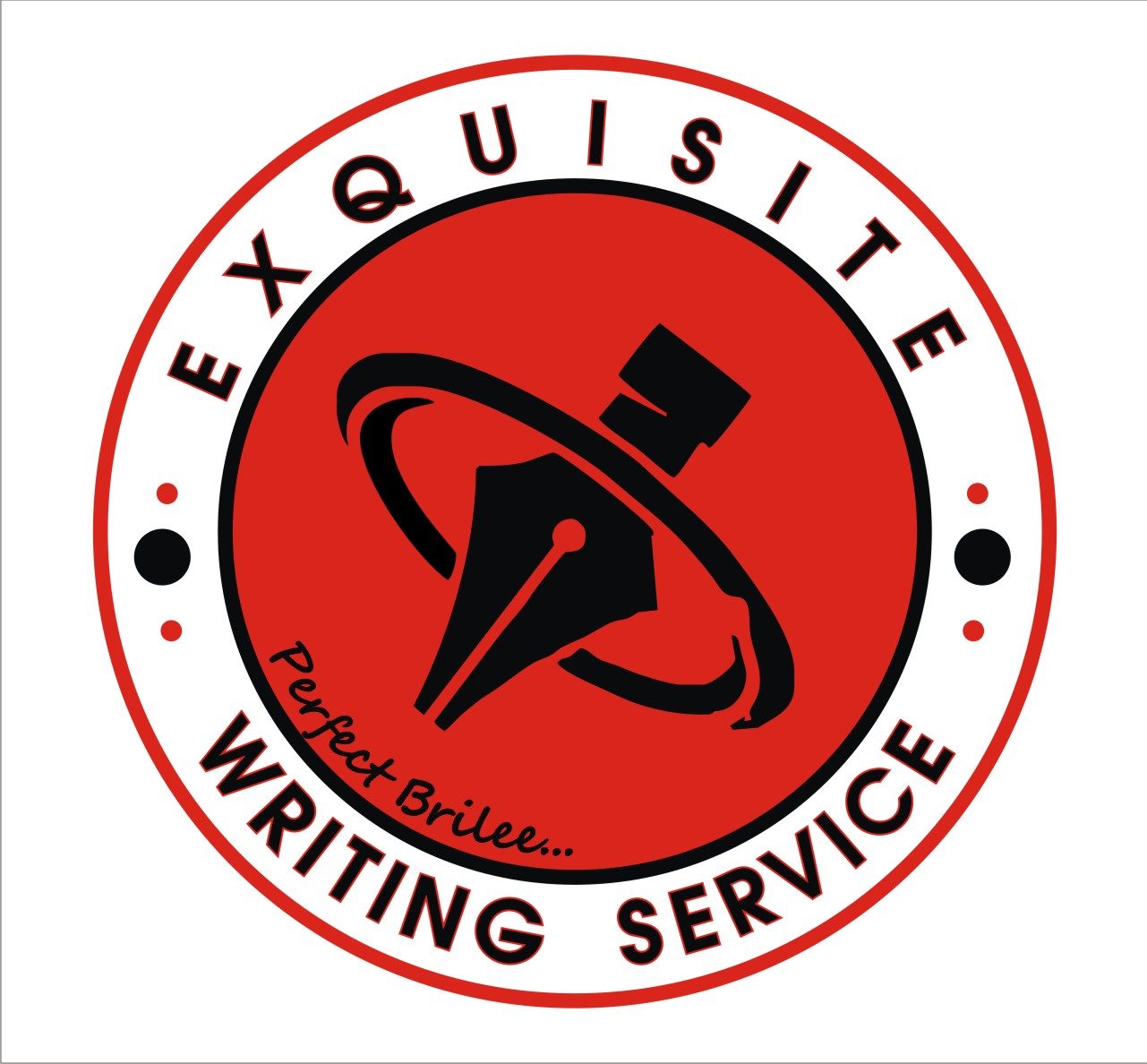Are you a freelance writer looking to craft the best freelance writing portfolios for beginners? We’ve presented a comprehensive guide for you in this article!
After reading, you will stop hitting the wall of: “I do not have a portfolio.”
The idea we’ve built around a freelancer portfolio in this article is to help you craft one that says, “I can solve problems using words.”
So let’s walk you through how to build freelance writing portfolios for beginners from scratch—even if you’ve never been paid to write a single word.

The True Definition of Freelance Writing Portfolio
A writing portfolio is a carefully curated collection of your best projects. This writing portfolio is your proof—your pitch and handshake in the digital world.
For beginners, this is the golden rule:
- Don’t just show articles you can write—show that you can write for someone.
Trust me, clients wouldn’t care about your essays or poems unless they are linked to their goals. So, what clients want to see is:
- Blog posts that rank on search Engines and educate
- Emails that real people click
- Product descriptions that motivate people to want to buy
- Social posts that build and strengthen engagement.
How to Craft Freelance Writing Portfolios for Beginners (Even Without Clients)
Let’s get started here:
1. Create Sample Pieces
You’ve searched endlessly for clients, but you haven’t gotten. Want to give up? No, just make them up!
Many beginners often give up when they struggle to secure an online copywriting job.
But your portfolio can come to your rescue.
Spec pieces—generally known as “speculative samples”—are pretend projects that reveal your writing skills in the real world.
You choose the audience, the brand, and the format, then write like you were hired for the writing job.
This style does two powerful things:
- It reflects your ability to write with purpose, not only flair.
- It positions you as a writer who understands marketing goals, even before you secure your first paid gig.
What are the details that make a good spec piece?
Well, the charm is in the details. You are not just writing a blog post. Instead, you are required to:
- Pick a niche or brand (Skincare, fitness, food delivery, SaaS, and coaching).
- Imagine a brand voice and target audience.
- Solve a real problem your copy could fix—explain features, drive sign-ups, sell a product, and more.
Make the writing realistic so the reader or client could assume it’s a paid gig.
What That Could Appear Like
Here are examples of what sample articles you can write:
- 10 Mistakes New Runners Make
A blog post could be written for a fictional wellness company offering coaching or running gear. This builds excellent credibility in the health niche and showcases your ability to teach, not just write.
- Why Our Serum is the Best
This will be a persuasive product description tailored for a skincare brand that prioritizes unique ingredients. This reveals that you can write benefits-focused copy for an ecommerce brand.
- How To Stop An App From Constantly Crashing
A help or knowledge-based article for a SaaS business. This article reveals that you have the power to write concise, clear, and user-friendly content. This is a highly sought-after and valuable skill.
- How Our HR Software Saves Your Team Weekly
This is a cold outreach email to a potential business partner. An email like this demonstrates your ability to drive action and your B2B communication skills.
- The Starter’s Guide to ADHD-Friendly Apps
This will be a long-form content for a mental health coaching business. This offers you room to blend education, storytelling, and soft persuasion.
When writing, use real brand names to avoid any confusion. And if you’re nervous about that, you can be creative and develop a fictional brand name similar to those in the business world.
Well, overthink it. Your action builds momentum. A few high-quality sample pieces can land you your first client, get you started with client-to-writer interaction, and boost your confidence quickly!
2. Start a Page
At this stage, you have written two to three strong samples.
Maybe they are sitting in your Google Docs or on your computer.
Well, now is the time to put these samples where people, yes, real people, can find them.
When you publish your work on public platforms, you are using one of the easiest and most effective ways to build credibility as a freelance writer.
Let’s examine why that is so:
- Shareable Equals Professional
A clean, public link to your content gives potential clients something relevant to review.
- It Looks Trustworthy and Polished
This is far better than simply telling a potential customer you will email them or attach a Word document.
- You Position Yourself as Thoughtful
You will build a reputation by consistently posting helpful or interesting content, even when customers aren’t forthcoming.
You won’t be “starting.” You are already a writer with voice, ideas, and value.
- Content Stays Forever (and Works for you)
An article or blog post on Medium will likely continue attracting engagement and views for months.
A well-timed LinkedIn post can also initiate a conversation that leads to clients, referrals, or even collaborations.
- It’s Proof of Audience Interest
If people comment on, like, or share your post, this becomes social proof. You can then say something like, “This blog post got 120 likes and evoked conversation among marketers.”
This helps clients trust your strength and ability to connect with their audience.
What Platform Is The Best To Choose?
- Medium: This website is great for niche articles, longer-form content, and blog-style writing. Medium also looks professional even when there isn’t a personal website associated with your name.
- LinkedIn: This is perfect for networking and personal branding. LinkedIn is excellent for business-related writing, including productivity, marketing, career content, and SaaS. Posts can even go viral with a small following.
Professional Tip: Use these two channels. You can post a whole article on Medium. From there, you will select a key quote or insight and then craft a short, interactive LinkedIn post that links back to the full Medium post.
Examples of Content You Could Publish:
Here are great places to start:
- “How I Would Rewrite the Homepages of 2 Famous Startups” (You can make it a LinkedIn post series plus a Medium full article post)
- “What I Learned Working With Small Business Clients” (Medium blog)
- “Writing Irresistible Emails That Get Opened—4 Rules I Live By” (LinkedIn post)
- “How to Make Samples That Win Clients” (Both platforms)
What you need isn’t a website to get noticed. However, you need a place to show the work that you do.
Thus, apart from these two, you can begin where you feel that your customers are. And if you’ve a sample, you’ve a better place to start.
3. Offer a Free Trial Piece (But do it Strategically)
If you are some of us at The Exquisite Writer, we hate the phrase “write for free.”
It just makes us cringe—and rightly so. Time is money!
But let’s take a look at this again: There is a strategic, smart, and client-winning way to offer free pieces, and it wouldn’t seem like charity.
Thus, rather than wait for clients to say “hello,” take the lead!
To get started, choose a business you love—a local shop, a small brand, or a startup with great potential and create one free piece of content that’s focused on helping them.
This move isn’t just a random generosity.
It’s an intentional move that will accomplish this:
Transition an impressive sample into a real relationship.
How to Get It Done Right
Below are easy ways to offer a free trial without appearing desperate or devaluing your skill:
1. Be Targeted
Never fall into the temptation of blasting the same generic offer to 10 businesses.
In fact, don’t keep writing and sending your work to any company or brand that comes your way.
Only choose the ones you genuinely like and are willing to write for.
Pay attention to their audience, voice, and the content they are struggling with or missing.
If you notice that a local fitness coach has a disjointed About page, offer to rewrite it for free. Why does this make sense? A stronger About page would improve their conversions.
2. Make It Valuable
No, there shouldn’t be any fluff. Deliver the quality of writing you will desire to be paid for.
This is your shot to just show what you can accomplish—and what it’s really like working with you.
So, be sure to write with intent:
- If it’s a blog post, ensure it’s SEO-friendly.
- If it’s a landing page, pay attention to conversion.
- If it’s an email, draft a killer subject line and a powerful CTA.
Keep in mind: You are writing a portfolio sample in disguise. Therefore, be sure it is portfolio-worthy.
3. Clarify That It’s a One-Time Thing
From the start, set boundaries. Help them understand that you are not presenting unlimited freebies.
Instead, you’re offering just one writing project, and you are offering that just to businesses. Phrase it confidently and professionally.
Take a clue here: “I wish to present you a landing page or complimentary blog post to enable you to get a feel for my work.
If it helps move things forward, we can discuss further what ongoing content support would look like after this.”
That one piece you drafted could give birth to just so much. It can lead to:
- A paid project
- A glowing testimonial
- A long-term client
- Or a beautiful sample you proudly want in your portfolio.
What A Sample Pitch Message Should Consist of
Subject: Quick Inquiry About Your Website Copy
“Hi [Name],
I’m a professional freelance copywriter who helps businesses enhance their online presence. I came across your site and loved [something specific—their service, mission, their tone of voice].
I noticed your [Blog, about page, or homepage] might take advantage of some strategic copy tweaks to assist you in connecting with more of your audience.
I have a one-time offer for you. It’s completely free. If you like the piece and see the results, we can discuss a longer-term partnership.
Let me know if that sounds right and helpful.
Best,
[Your Name]
Pro Tip: Pick Businesses That Can Hire You
Aim for small businesses that:
- They are already investing in marketing
- They have an existing social media presence and website
- They seem like they’d gain from ongoing content (landing pages, blogs, emails)
Because the idea is that they wouldn’t just stop at loving your work. You wanted them to ask you questions like:
- How much do you charge?
What you are doing is by no means free work. Instead, it is clever marketing.
What Should You Include in a Beginner Portfolio?
Your portfolio wouldn’t need to be flashy, but it must show that you can write with clarity, purpose, and impact.
It’s your storefront: It must be polished, simple, and focused on what a potential client wants to see.
Whatever you use in building it is fine. Just keep it easy to navigate, clean, and client-friendly.
But to simplify, this is what your writing portfolio should include:
1. Your Name and Headline
Your headline is the hook. It must clearly state who you help and who you are.
Go beyond just “Freelance Writer.” Something more client-focused is okay. These are:
- Conversion-Focused Copywriter for Creators and Coaches
- SEO Writer for Tech Startups
This informs the visitors instantly whether you are the candidate they are searching for.
2. Brief Bio
Your bio should be short and sweet. Maximum of 2 to 3 sentences. Think of your Bio as your “about me” pitch.
Include:
- A touch of personality
- Who you serve
- What you do
- The type of writing you specialize in
Here is an Example:
“I’m a freelance writer who turns small businesses’ readers into customers with compelling copy. I specialize in landing pages, blog posts, and email sequences that move action—especially for tech, wellness, and lifestyle brands!”
3. Writing Samples (3–5 Pieces)
We’d usually refer to this as the heart of your portfolio.
Therefore, include 3 to 5 well-crafted pieces across various niches and formats.
Just choose a mix and send them across!
4. Contact Info
To make it quite easy for a potential customer to hire you, be sure to include:
- A contact form (if you own a website)
- A professional email address
- A call-to-action like: “Email me at mailto:hello@yourname.com to schedule a call.
- Link to your LinkedIn account; it doesn’t hurt to do that.
5. Optional But Amazing Add-Ons
Yes, these aren’t mandatory. But they will help you stand out! So think of adding any of these:
- Testimonials: A kind word from a previous teacher, client, or editor will add credibility.
- Stats: Do you have a blog post that ranked well? Mention it! Do you have an email with a 50% open rate? Mention it.
What You Should Know Regarding Testimonial Formatting
Do not overdesign, just make it simple! After all, you are a writer, not a web designer.
And clients are also reading your testimonials to hear your words, not the color scheme of your testimonials.
Your freelancer portfolio is an open door—the road to more clients.
Thus, with just a few clear, relevant, and strong presentations, you can appear 100% professional, even if you’ve never written for a client.
Professional Tips That’ll Set You Apart
We want to add these professional tips to make our guide on freelance writing portfolios for beginners complete:
- Choose a niche early: A focused portfolio is easier to sell. It is much better than “I write anything!”
- Write results-driven headlines: Instead of saying “Blog content,” say “SEO Blog: Ranked #1 for ‘How to win a new client.”
- Refresh regularly: As you grow, update the samples you have to reflect your best and most essential work.
- Keep the layout clean: Maintain a clean design and let your words do the heavy lifting.
Final Thoughts
Freelance writing portfolios for beginners don’t have to be perfect!
But you must have one. You are encouraged to be intentional about the tips shared in this article.
If you do, you will get a compelling portfolio and a writing project. No jokes, this is real!
Please remember that you don’t need to wait for permission. You don’t have to wait for a customer before you land your dream gig.
Just build your own. Start small to demonstrate your capabilities. Then, proceed to share it widely.
Confidence in freelance writing comes from writing, sharing, and showing up!
Do you still need help crafting your first portfolio? Reach out to The Exquisite Writer today!

